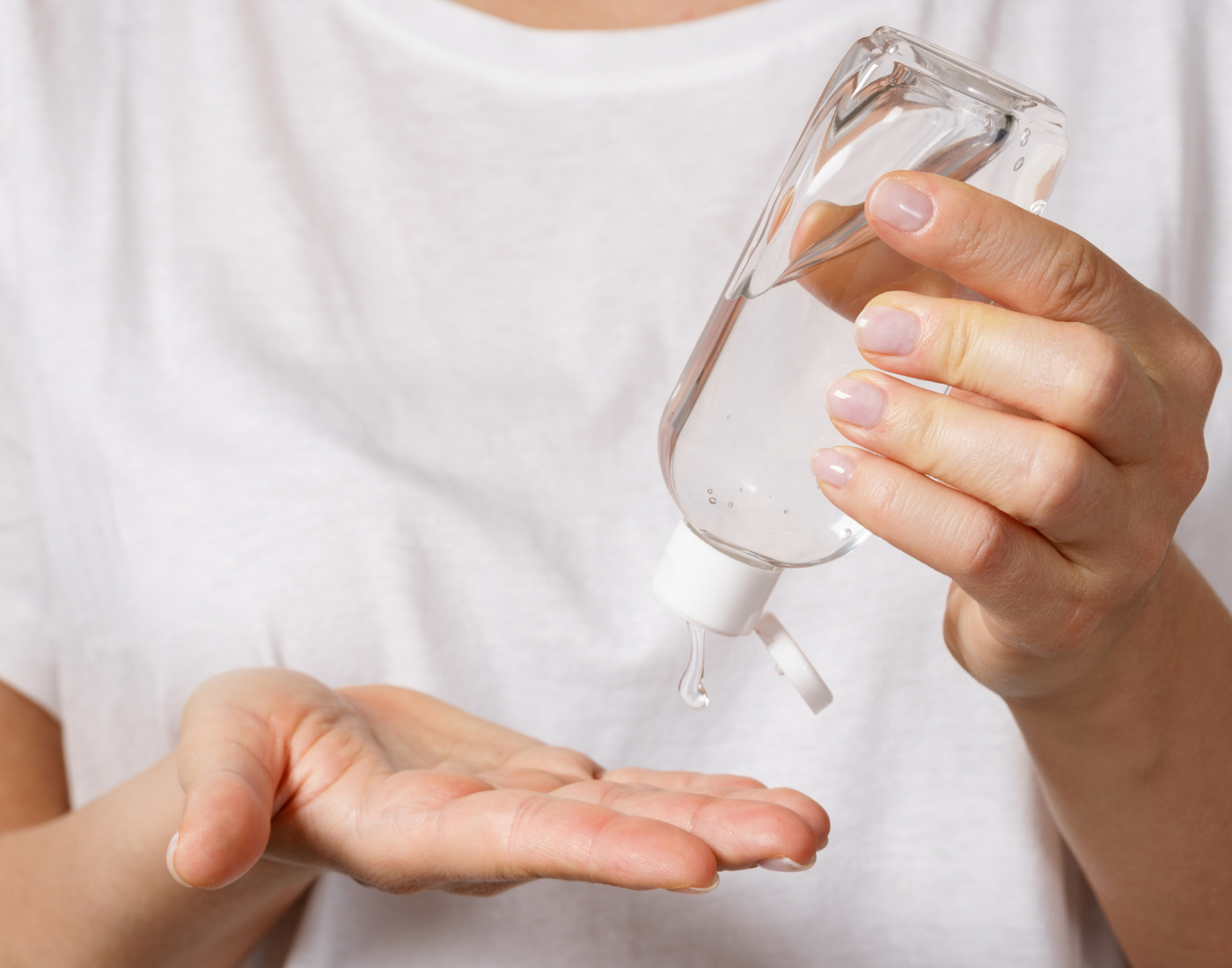Flood water is dirty and can contain harmful bacteria, viruses or chemicals from silt and sewage that can cause illness. Listed below are some of the issues you may face and some tips to keep your food safe and prevent food poisoning.
If your home has been flooded, it is important to prepare food correctly as flood water is not clean. Floodwater can also impact any home-grown fruit and vegetables grown in a garden or an allotment.
Top tips to avoid getting ill during a flood:
- don’t eat any food that has come into contact with flood water
- canned food may be kept if undamaged as long as the cans are cleaned and sanitised before opening
- wash hands thoroughly with soap (or alcohol-based sanitiser if no access to clean water) before preparing food or eating
- thoroughly clean all surfaces, equipment, crockery, cutlery and utensils in hot, soapy water (or antibacterial spray/surface wipes if there is no access to clean water)
- do not refreeze food that has thawed while the power was cut
- if you live in an area that regularly floods, keep food in high cupboards or shelves.

